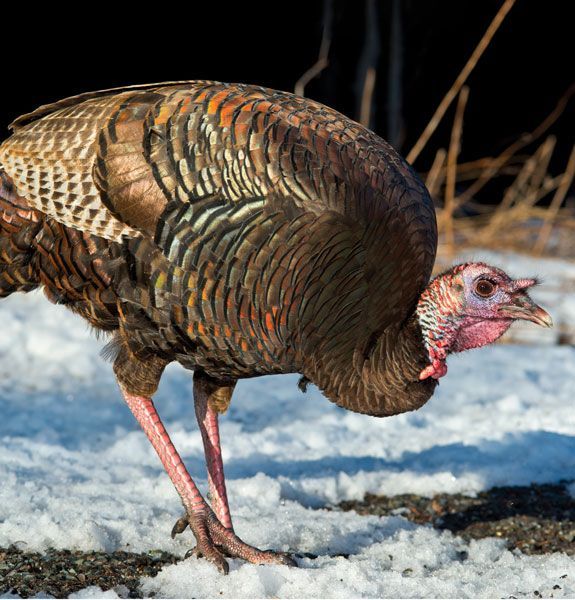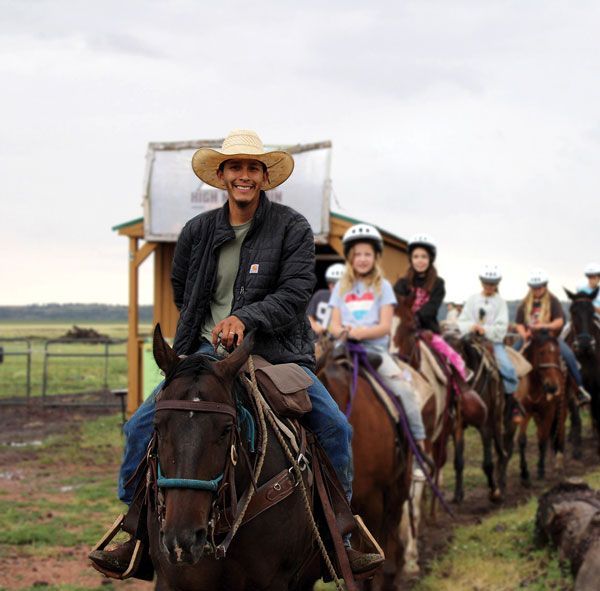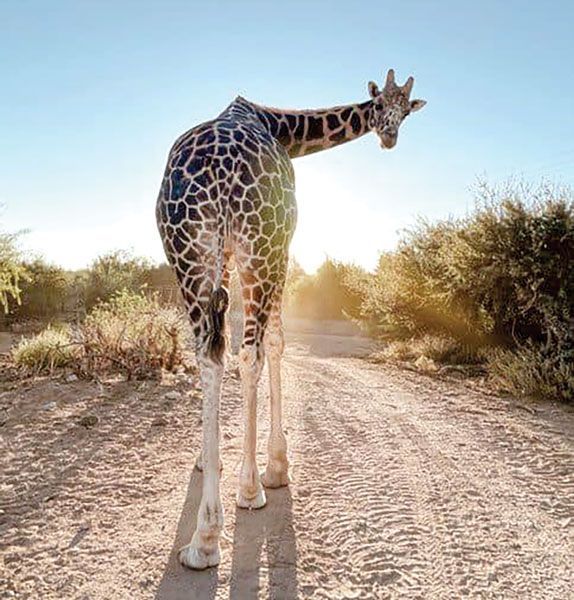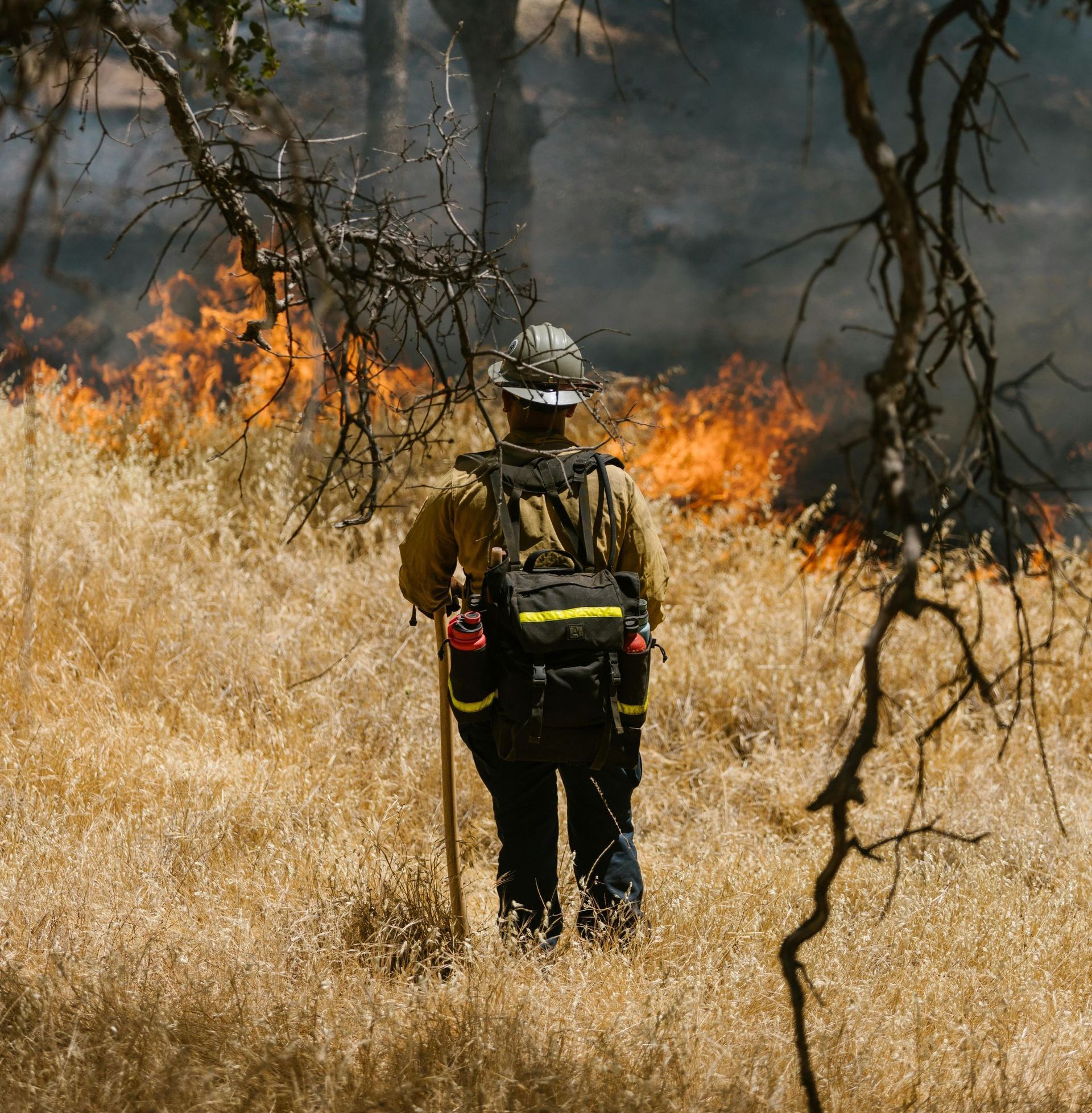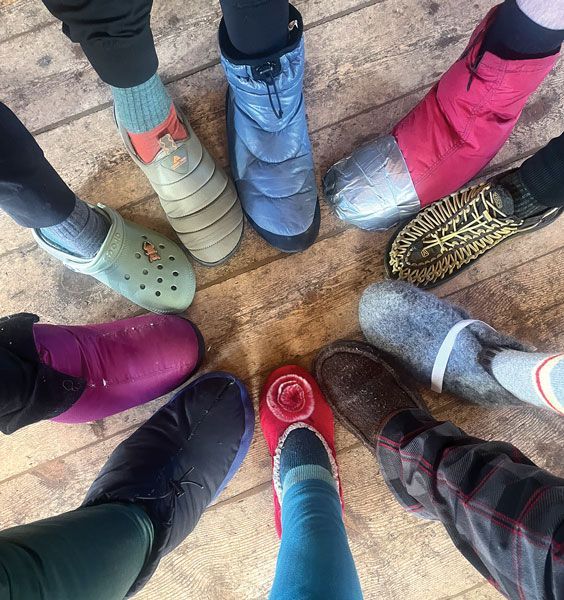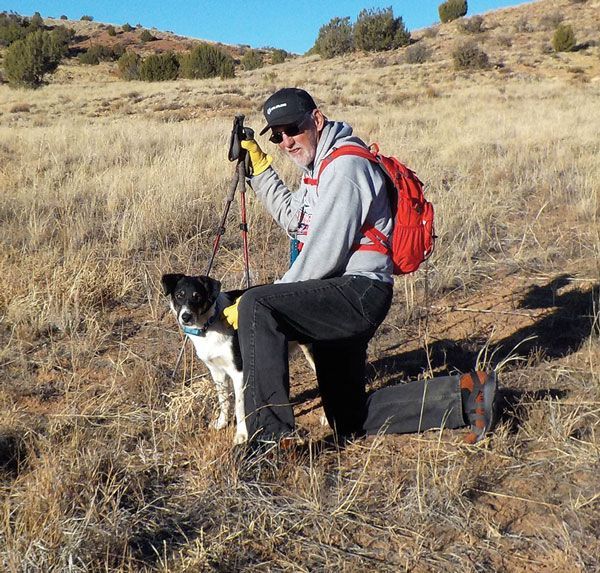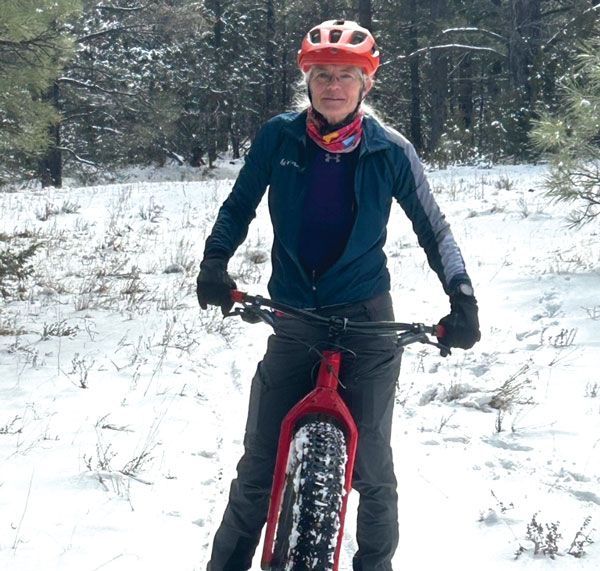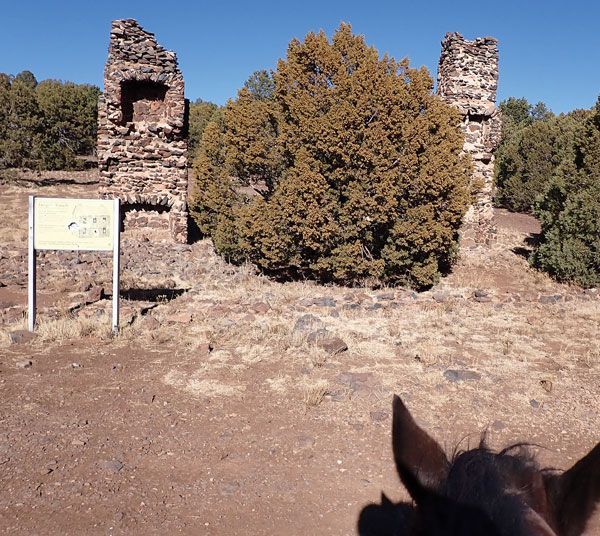Rafting the Snake River
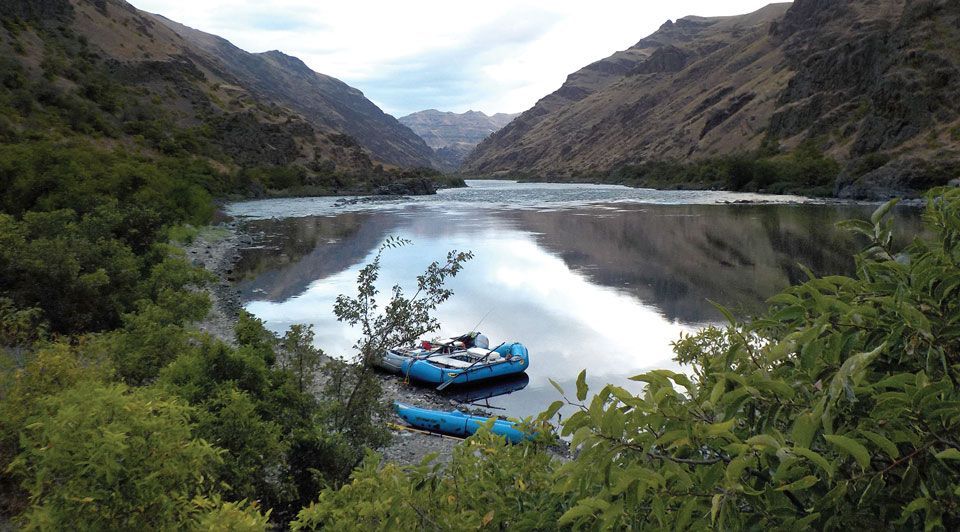
Article by Rob Bettaso
Photos by Rob Bettaso and Kirk Young
(Part 1)
There is a small store near the uppermost dam above the Hells Canyon section of the Snake River. Inside the store, Scotty, the proprietor, sells basic outdoor gear including fishing tackle and river-running supplies. Scotty also owns a shuttle company so that rafters putting in below the Hells Canyon Dam can leave their vehicles at the top of the river reach in which they will launch, and then Scotty’s crew will drive said vehicles down to the “take-out” point -- some 78 miles downstream.
On the walls of Scotty’s store, there are photos that rafters have snapped and shared with Scotty. I pointed to a photo of a grizzly bear and asked Scotty if any grizzlies had recently made it down as far as the river and he scoffed and muttered: “No griz, but plenty of black bear.” Then he walked over to a photo of a Great Basin Rattlesnake (which he called a Diamondback) and said: “Here’s the real danger though; this season alone, three folks got themselves bit by these guys and one had to be choppered out.” I looked at my friend Kirk and we both smiled faintly.
On the drive from Flagstaff to this spot in Idaho, nearly our final destination, I had mentioned to Kirk my hazy recollections from my one and only trip to Hells Canyon. It had been back in the late 1970’s when I had been a student at the University of Montana and a few friends and I had backpacked along the Canyon’s rim, high above the Snake River, during a “spring break.” On that trip, one of my pals had been surprised by a buzzing rattler and instinctively brought his hiking stick down hard upon the poor reptile’s triangular-shaped head. The four of us on that trip quickly gathered around the gruesome scene, and, because we were all in the University’s Wildlife Biology program, we felt both saddened and guilty for having been part of such a cool creature’s demise (though we all agreed that it had been necessary, given the circumstances). To assuage our guilt, then and there we had skinned the snake, gutted it, cut it into bite-sized nuggets, and then ignited one of our small cook-stoves and fried-up the nuggets in corn-oil. And yes, it did taste a bit like chicken, but it was so tough and chewy that none of us really enjoyed the windfall feast of protein.
And now Kirk and I (plus five other rafting enthusiasts that Kirk knows from his fisheries management work within the Grand Canyon in Arizona) were about to embark on a six day river adventure. To be frank, I was much less worried about bears and rattlesnakes than I was about the two Class IV rapids that we would face tomorrow, after we had spent the night at a campground near Scotty’s Store. Tomorrow, in fact, would be a very busy day because in the morning, we would need to make the 23 mile drive down to the “put-in” site for rafters looking to experience the turbulent waters of the Snake River within the Hells Canyon portion of the overall Snake River’s meandering, multi-state watercourse. In total, the Snake River runs for approximately 1,080 miles starting from high within Wyoming’s Two Oceans Plateau, down through the agricultural lands of southern Idaho, then north through the deepest gorge in the U.S., and then west until it reaches its confluence with the Columbia River. The Snake is the largest tributary to the Columbia, which, in turn, is the largest North American river to drain into the Pacific Ocean.
Not only would we face two formidable Class IV’s on our first day of rafting, but the next day would also contain one Class IV rapid and the entire upper reach of the Hells Canyon would have many tricky Class III’s. By contrast, the lower reach of the Canyon would be relatively mellow, and would be a mix of Class II’s and easier Class III’s.
I have never owned a raft, but years ago Kirk had given several of us (a group of fisheries biologists who all worked with the Arizona Game and Fish Department and were fortunate enough to have Kirk as our supervisor) a literal crash course in white-water river running. Back in those days (the early 1990’s), the Department owned a few primitive rafts and Kirk was keen on rigging them up so that we could do fisheries studies on the Salt and Verde rivers.
Those early Department river trips were both fun and frightening. Most of us beginners found the less dangerous sections of the Salt and Verde to contain natural wonders that were so appealing that several of us eventually bought our own boats (kayaks, canoes, and/or rafts). Once I had my own kayak, Kirk and I would typically take a couple of non-work trips each year down the Salt and/or the Verde so that we could enjoy the experiences on our own time, without having to conduct arduous fisheries studies. Although I’ve never been much of a fisherman, Kirk and some of our other river running companions were handy with rods and reels and caught many a bass, trout, or catfish on trips that had nothing to do with our professional lives as fisheries biologists.
Eventually, I developed a modicum of skill in paddling my kayak through white-water and started to run some of the bigger rapids on the upper Salt. Unfortunately, there is more to running a rapid than having good reflexes and making quick twists and turns in a kayak. Foolishly, I had never really learned to “read the rapids” nor had I learned all that much about the crucial task of properly loading my kayak so that it would ride as high and evenly as possible. As such, back in the early 2000’s I had a disastrous flip in Mescal Rapid on the upper Salt and from that point on, I swore-off all but relaxing floats down gentle portions of various rivers.
Kirk, on the other hand, not only had many more years of white-water experiences in Game and Fish boats; but, he had, over the decades, also bought a few white-water rafts of his own, and had taken numerous off-duty trips on big Arizona rivers (including numerous trips down the Colorado River within the Grand Canyon). In more recent years, Kirk also started running big water in other western states — including Utah, Idaho, and Oregon.
To double-back to more recent days: in mid-August I received a call from Kirk asking me if I would like to join him on his boat (a 14 foot Avon raft) along with five other friends of his (who would be situated in three additional rafts) to enjoy a six day trip on the Snake. I quickly asked Kirk about what kind of rapids we would be running and he replied: “Oh, a few Class IV’s but mostly easy Class II’s and III’s.” I recognized Kirk’s tendency to not dramatize the dangers, but, the part about there being “a few Class IV’s” had lodged in my brain. In the span of just a few seconds, I had a sinking feeling in my stomach while I deliberated whether I really wanted to risk that kind of water again; especially at this phase of my life, where I seldom faced any hazards greater than the occasional greasy burger in a fast-food restaurant.
I asked Kirk if I could give the invitation a few day’s thought and I would call him once I made my decision. His response was the expected: “Sure, no worries.” But, just as we were about to conclude our chat, he added that the Hells Canyon section of the Snake River was world famous for its high density of nesting raptors. Good old Kirk, he may have baited his hook with something that held no more allure to me than a foul smelling chunk of chicken-liver, but, he knew well enough how to sweeten the deal with that morsel about the raptors.
That night as I tried to fall asleep, my mind vacillated between dreadful visions of me being pitched from the Avon in the Snake’s “Waterspout Rapid” and, alternately, my lounging in the bow of the boat in between the various rapids and staring up at Prairie Falcons and Ferruginous Hawks as they soared lazily overhead along the Canyon’s dramatic basalt walls. Was it really such a difficult decision to make? Well yes, actually it was; I am, after all, a 67 year old guy with both a bad lower back and osteoarthritis in both knees.
In the end, after just one fitful night’s worth of carefully weighing the risks and rewards, I awoke on the optimistic side of the pillow and decided to join the expedition. I figured: I have known Kirk for some 30+ years and he is one of the few people I know who I can implicitly trust to skillfully row through Class IV rapids where the odds of him making any dangerous miscalculations will be so minimal that it would be foolish of me to pass up such an opportunity.
On the other hand, I also knew that Kirk could be something of a prankster, and one who might intentionally take us through some of the Class III’s such that we would experience the maximum number of bumps, bounces, and biggest wave splashes possible. Nonetheless, that morning, I called Kirk and told him I was “in” but that he had to promise to take the “cheater routes” on any dicey white-water so that I didn’t further aggravate my bad back…
.
For good measure, I added that my “dry bags” (the waterproof duffle’s that river runners use to keep their camp gear dry) had long ago suffered from dry-rot and would no longer be any good for my gear. As I expected, Kirk quickly offered me the use of a couple of extra dry bags that he had and even suggested that I use an spare PFD (a Personal Floatation Device, or “life-vest”) that he had that was no-doubt better than my ancient model.
In Part 2 of this story, I will start off promptly with our launching onto the Snake River, just below the Hells Canyon Dam. I will then do my best to recount the highlights of our six day float -- as we slithered down the gorgeous Hells Canyon Gorge; running rapids and watching raptors soar.

